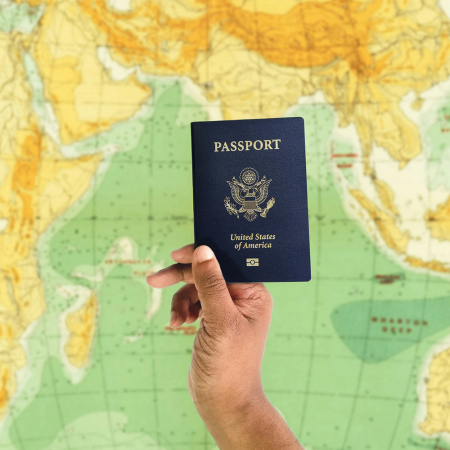Starting in 2024, Americans will be required to apply for a travel authorization to visit Europe, the application for which carries a non-refundable fee of seven euros a person…or $7.40. It’s less than what I paid for my (albeit pretentious and overpriced) coffee this morning, yet the cost of failing to pay is steep.
Per a new report from CNBC, all travelers between the ages of 18 and 70 years old will be expected to apply for the authorization by way of the European Travel Information and Authorization System, or ETIAS, prior to their trip. Without it, they won’t be permitted to visit.
“If you forget to do it, you won’t board the plane,” Sofia Markovich, a travel advisor and founder of Sofia’s Travel, told CNBC.
None of this is new, of course. ETIAS has been a topic of conversation for literal years now, though the date it’s expected to go into effect has continually gotten pushed back.
But what exactly is ETIAS? The simplest explanation, per its website, is that it is a screening tool that aims to improve the security of EU member states within the Schengen region by capturing data on travelers who currently visit the area without a visa. Further, it will help to “identify security, irregular migration or high epidemic risks posed by visa-exempt visitors.”
Did You Know That You’re Still Paying a 9/11 Security Fee Every Time You Fly?
It’s currently $5.60 per one-way trip that originates at an airport in the U.S.“The objective is to identify individuals who pose security threats before they are able to travel to the Schengen area,” it reads. Thus, when it launches, U.S. citizens will be required to complete the application prior to boarding an aircraft, sea carrier or coach vehicle for Europe — travelers who are just passing through en route to other destinations included.
“After 9/11, things changed in the world,” Markovich said. “It’s really about keeping things safe and knowing who comes in and who goes out.”
The good news is this: the ETIAS application can normally be processed and approved within minutes, it’s valid for up to three years from date of issue, it can be used for multiple entries so long as they’re all for less than 90 days, and no biometric data is collected. Rather, applicants will need to answer “a series of security questions in regards the traveler’s health, and whether they have been to conflict zones in the past,” per ETIAS.com. (However, it is worth noting that the authorization isn’t a visa and doesn’t guarantee entry.)
All of that said, the U.S. has been running a near identical visa-waiver program since 2008 — one that requires travelers from 40 countries in Europe and elsewhere to apply online for a visa waiver and pay $14 for short stays. So, all things considered…it is fair.
This article appeared in an InsideHook newsletter. Sign up for free to get more on travel, wellness, style, drinking, and culture.




















